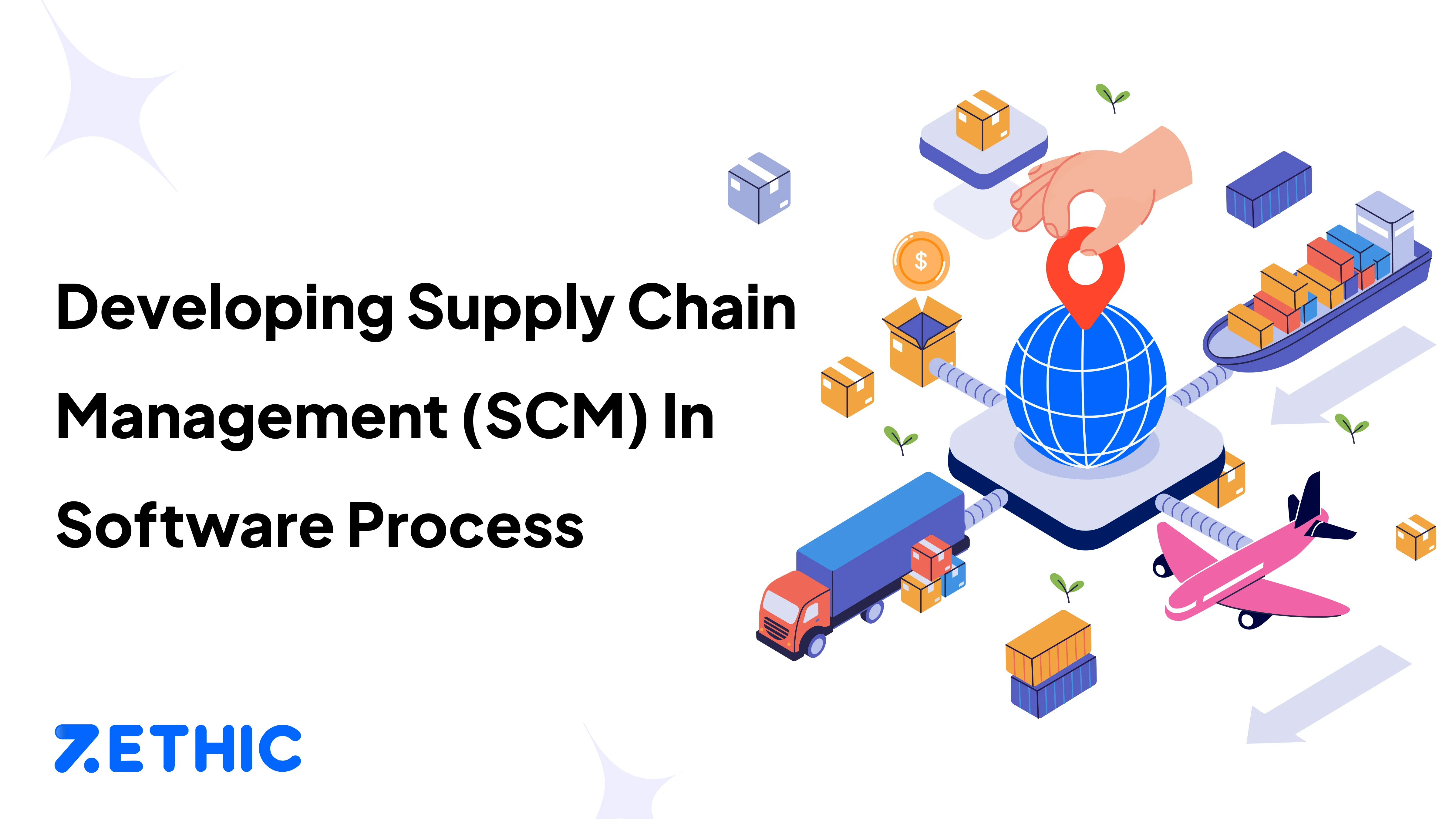Introduction:
In today’s technology-driven world, software development is crucial in shaping businesses and industries. Whether it’s a mobile application, a web platform, or an enterprise software solution, developing a software product requires careful planning and execution. Developing & maintaining a digital presence enables the business to drive potential traffic, which helps in conversions. This also builds the brand’s credibility and marks a standard in the competitive market.
In this article, we will explore the 7 phases involved in software development services, providing a step-by-step guide for building a successful product.
1. Requirement Gathering:
The first phase of software development involves understanding the project’s requirements. Developers, project managers, and stakeholders collaborate to define the product’s purpose, functionality, and target audience. Through brainstorming sessions and interviews, they identify the core features, user expectations, and technical specifications necessary to meet the project goals. During the requirement-gathering phase, it is important to establish clear communication channels and documentation procedures to ensure that all stakeholders are on the same page. Techniques such as user stories use cases, and data flow diagrams are commonly used to capture and visualize the requirements. The result of this phase is a comprehensive requirements document that serves as a blueprint for the development process.
2. Planning and Analysis:
Once the requirements are clear, the next step is to plan and analyze the software development process. This phase involves creating a roadmap, defining milestones, estimating resources and timelines, and assigning tasks to the development team. A comprehensive plan helps in aligning the project with business objectives, ensuring efficient resource allocation, and minimizing risks. During the planning and analysis phase, it is essential to identify potential risks and challenges that may arise during development. Risk management strategies should be developed to mitigate these risks and ensure smooth progress.
3. Design and Prototyping:
The design phase focuses on creating the visual and functional aspects of the software product. User experience (UX) designers work on wireframes, creating a blueprint of the user interface (UI) and interaction flows. This step also involves creating prototypes, allowing stakeholders to visualize the product’s look and feel before actual development begins. Iterative feedback and refinement play a vital role in this phase to ensure a user-friendly and intuitive design. Prototyping is an essential part of the design phase, as it allows stakeholders to visualize and interact with a simplified version of the product before actual development begins. Prototypes can be created using tools such as Adobe XD, Sketch, or InVision, enabling stakeholders to provide feedback and make necessary refinements.
4. Development:
The development phase brings the software product to life. Programmers and developers write the code based on the requirements and design specifications. They follow coding standards and best practices to ensure the codebase’s quality, scalability, and maintainability. Regular code reviews, version control, and collaboration among team members help maintain consistency and streamline the development process.
5. Testing and Quality Assurance:
Quality assurance (QA) is an integral part of software development to ensure the product’s functionality, reliability, and performance. Testers conduct various testing techniques such as unit testing, integration testing, system testing, and user acceptance testing (UAT). Bug tracking systems and test management tools help in identifying and resolving issues, ensuring a robust and bug-free software product.
6. Deployment and Release:
The deployment phase involves preparing the software product for release. It includes setting up the necessary infrastructure, configuring servers, and finalizing the deployment process. DevOps practices, such as continuous integration and continuous deployment (CI/CD), facilitate automated builds, testing, and deployment. This phase also involves creating user documentation and training materials to assist users in utilizing the software product effectively. During this phase, it is crucial to create user documentation and training materials to assist users in utilizing the software product effectively. Clear and concise documentation helps users understand the product’s features and functionalities, reducing support requests and improving user satisfaction.
7. Maintenance and Support:
Software development does not end with deployment. The maintenance and support phase ensures the product’s smooth operation, bug fixing, and regular updates. It involves monitoring the product’s performance, collecting user feedback, and addressing issues promptly. Regular updates and enhancements keep the software product up-to-date and aligned with evolving user needs and technological advancements. Collecting user feedback and actively engaging with customers is vital during the maintenance and support phase. Regular updates and enhancements keep the software product up-to-date and aligned with evolving user needs and technological advancements. By providing excellent support and maintaining a strong relationship with users, businesses can foster customer loyalty and drive product success.
Conclusion:
Software development is a complex and iterative process that requires meticulous planning and execution. Following the 7 phases outlined above can help businesses and development teams build successful software products. From requirement gathering to maintenance and support, each phase plays a crucial role in delivering a high-quality, user-centric, and scalable solution. By adopting a systematic approach and leveraging best practices, businesses can ensure the successful development and release of software products that meet their objectives and delight their users.







I don’t think the title of your article matches the content lol. Just kidding, mainly because I had some doubts after reading the article.
Can you be more specific about the content of your article? After reading it, I still have some doubts. Hope you can help me.
With Czech online casino reviews, players gain insight into reliable sites offering high-quality gaming experiences and excellent welcome bonuses.
Your point of view caught my eye and was very interesting. Thanks. I have a question for you.
I don’t think the title of your article matches the content lol. Just kidding, mainly because I had some doubts after reading the article.
Your article helped me a lot, is there any more related content? Thanks!
Your point of view caught my eye and was very interesting. Thanks. I have a question for you.